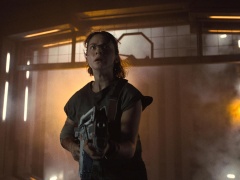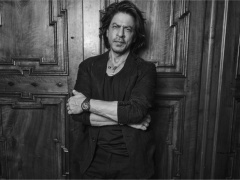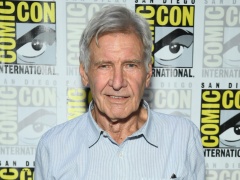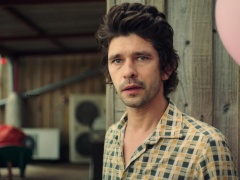
As costs spiral upward for production infrastructure, visual effects and good old fashioned star wattage, blockbuster budgets tend to be one of the closely guarded secrets in Hollywood. Yet in the weeks and months leading to the release of “The Creator,” due Sept. 29, cowriter and director Gareth Edwards has not stopped talking — if somewhat apologetically — about its $80 million price tag, a pittance for filmmaking at the scale of his globe-trotting, cast-of-hundreds sci-fi opus.
“I’m a bit embarrassed it was $80 million,” Edwards tells PvNew. “We should’ve done it for less.”
As the director of the 2014 version of “Godzilla” and the “Star Wars” prequel “Rogue One,” Edwards has not only worked with bigger budgets (a reported $160 million and $220 million) but served at the behest of their respective parent companies, Legendary Pictures and Lucasfilm, who exerted a significant amount of control over the creative process. Though he (almost studiously) exudes gratitude for those opportunities, Edwards aspired to recreate storytelling on their scale while retaining the latitude he enjoyed on his ultra-low-budget 2010 debut “Monsters,” requiring him to merge the two filmmaking models — philosophically and especially practically.
“When you first make a movie, you have to kind of make it by hook or by crook,” Edwards says. “Typically, everyone’s first film is a kind of a no-budget feature. And then if you’re very lucky like I was, you get teleported into an amazing situation where you get to do one of these big Hollywood films that you’ve always dreamt of being able to do. But I find that there’s advantages and disadvantages to both.”
Locating that sweet spot between the two meant reuniting with Oscar-winning cinematographer Greig Fraser (“Dune”) after the two collaborated on “Rogue One,” and who was long intrigued by the director’s combination of technical know-how and scrappy ingenuity. “I wanted to meet Gareth because of ‘Monsters’,” Fraser says. “It was made with a lot of doggedness and a lot of determination.”
During their work on the prequel, Fraser recognized a kindred spirit in Edwards who liked doing things simply — not necessarily cheaply, but with fewer resources. “Basically his perfect world would be him, a couple of actors, and that’s it,” Fraser observes. Upon reuniting for “The Creator,” the duo began testing camera equipment systems that would enable them to generate the intended look for the film, which was meant to be set against a more lived-in and organic backdrop than even the immersive canon of the “Star Wars” universe. The film follows an ex-special forces agent (John David Washington) tasked with destroying a weapon built to tip the scales against humanity in a decades-long war; he discovers that his target is not a bomb or other destructive machine but an AI being that takes the form of a young child (Madeleine Yuna Voyles).

Though at $80 million they achieved a series of ambitious goals without breaking their budget, Fraser and Soffer are unsure yet if “The Creator” is a revolutionary new standard for the way all blockbuster films should be made. “We leapt up a number of steps in terms of the evolution of filmmaking, but it doesn’t mean that all films should be made this way,” Fraser says. “It’s hard to replicate,” admits Soffer. “You need a director who has Gareth’s tenacity and boldness and also good taste and vision to execute it. But it’s a very unique way of working, all in service of creating a final film that feels immersive and authentic, especially in a sci-fi setting where it can feel very fantastical and very removed from reality.”
Meanwhile, if there are lessons Edwards himself took away from this process, it’s that an unconventional approach to big-scale filmmaking is not only appropriate but more effective when rather than complementing one another, money and creativity run the risk of working at cross purposes.
“I don’t know, I feel like the equal question is, why do other films cost so much?” he says. “My way of explaining it is that basically having no money, as crazy as it sounds, is one of the most creative scenarios, in that you have so much freedom and you can be so organic, but what you can’t do is have a giant epic spectacle. Vice versa, when you do a Hollywood movie, everything that was easy becomes hard, and everything that was hard becomes easy. So it’s trying to find that sweet spot, that sort of holy grail level, where you get all the advantages of an independent film, a small, tiny movie, and all the advantages of a giant blockbuster.”






